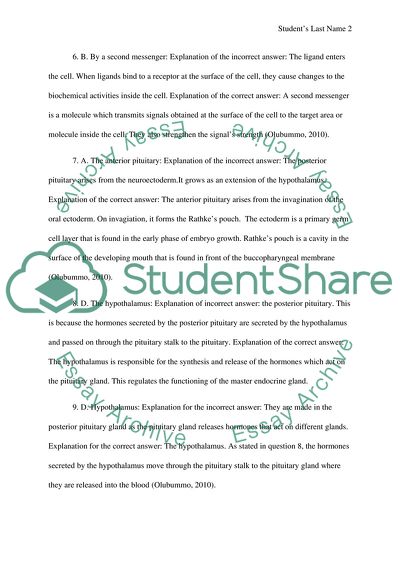Cite this document
(Muscular and Endocrine Systems Assignment Example | Topics and Well Written Essays - 4500 words, n.d.)
Muscular and Endocrine Systems Assignment Example | Topics and Well Written Essays - 4500 words. https://studentshare.org/biology/1817351-anatomy
Muscular and Endocrine Systems Assignment Example | Topics and Well Written Essays - 4500 words. https://studentshare.org/biology/1817351-anatomy
(Muscular and Endocrine Systems Assignment Example | Topics and Well Written Essays - 4500 Words)
Muscular and Endocrine Systems Assignment Example | Topics and Well Written Essays - 4500 Words. https://studentshare.org/biology/1817351-anatomy.
Muscular and Endocrine Systems Assignment Example | Topics and Well Written Essays - 4500 Words. https://studentshare.org/biology/1817351-anatomy.
“Muscular and Endocrine Systems Assignment Example | Topics and Well Written Essays - 4500 Words”. https://studentshare.org/biology/1817351-anatomy.


